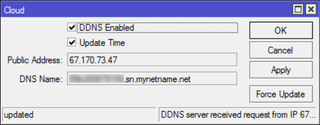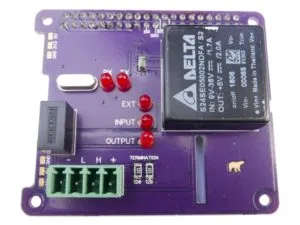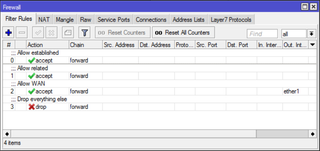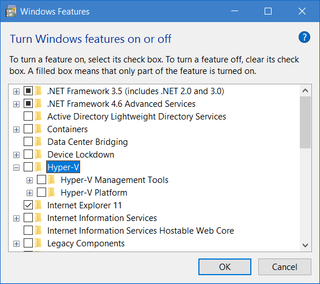OshPark Vs PCB:NG
For feeding my electronics addition I mostly use OshPark. They have quick turnaround, excellent user service, and price is quite acceptable.
However, they are not the only game in town. Probably the best alternative if you are willing to wait a bit is unsurprisingly in China. Yes, I am speaking about Seeed Studio’s Fusion PCB. It is not exactly comparable to OshPark but it is close enough for many purposes. And it is excellent choice if you need different PCB colors - something OshPark doesn’t offer.
But times are changing and there is a new challenger on US soil - PCB:NG. They are PCB assembly house - something that is a bit too pricey in low quantities and something I personally never needed. But they do offer a possibility to order only PCBs.
PCB specifications are quite high-end: ENIG finish (I love this), 4/4 mil traces (vs 6/6 for OshPark), 8 mil vias (vs 13 mil), and they generally support cutouts and slots (although no promises here). As I generally don’t go lower than 8/8, I find them working equally well for my use case.
Price is $6 per inch for 6 boards, compared to $5 per inch for 3 boards OshPark offers - quite similar if you only need a few but PCB:NG wins at higher quantities.
Order process is simple enough and I had no issues with DipTrace 3.0 produced gerbers - something that might fail occasionally with OshPark (e.g. my PCB bear). I would say parser is definitely more forgiving with PCB:NG. I kept all file names setup as for OshPark and there were no issues. Your mileage might vary but I don’t expect anything unsurmountable as you can correct auto-detection yourself. And no, neither PCB:NG nor OshPark support RAR.
First thing you’ll notice when you get a board is attention to packing. There is a nice layering of red paper between each board and there is virtually no chance of them scraping one another. While I am not sure that matters as I never had any issues with loose boards arriving from OshPark, this does look a bit nicer.
What you will see after unpacking is a dark red colored board. I have ordered two within a few weeks and shade is a bit different. It is similar experience to year’s back when OshPark was testing other factories - I am sure shade will become constant very soon if it is not already. Just be mindful if you need exactly the same shade to order all boards at the same time.
All boards come fully broken out - unlike with OshPark where you can still see breakout tab pieces. Tabs themselves seem nicely defined and PCB:NG puts less of them than OshPark. Generally I have less work filing the rough edges then with OshPark. Somebody less nitpicky would be able to use them without filing altogether.
Silkscreen is not bad but white on red makes it less visible than white on dark purple OshPark uses. If you need good silkscreen visibility (e.g. user visible panels) you should probably go with OshPark.
I am not sure whether it was a fluke or standard practice but PCB:NG placed their custom markings on my silkscreen. This is something done by Seeed Studio and most low-cost services as it makes their process a bit easier. OshPark doesn’t do it and I was surprised when I saw PCB:NG doing it. However, on my second board I had no custom markings so they seem to have abandoned this vandalism.
When it comes to copper quality I can really say nothing bad about either PCB:NG or OshPark. Both have nice ENIG finish, neither had issue with traces or solder masks, both can handle hand lead-free soldering without much trouble. If there wasn’t a color difference, I wouldn’t be able to tell them apart.
For me it comes to two things. If board is meant for user visible panel (e.g. end panel for plastic enclosures) I find purple, almost black, OshPark gives fantastic look to a final device.
Where PCB:NG wins is price. As soon as you go over 3 boards OshPark offers, you are better off using PCB:NG. And, if you want some assembly, there is no content at all. PCB:NG is the one that offers low volume assembly.
As I usually do extremely low volume orders (often making just one or two devices) I will probably stick with OshPark. There is something to be said about familiarity. However, PCB:NG is a high-quality contender and worth trying out (remember 4/4 mil traces) - even at a fraction higher cost for a small volume.



